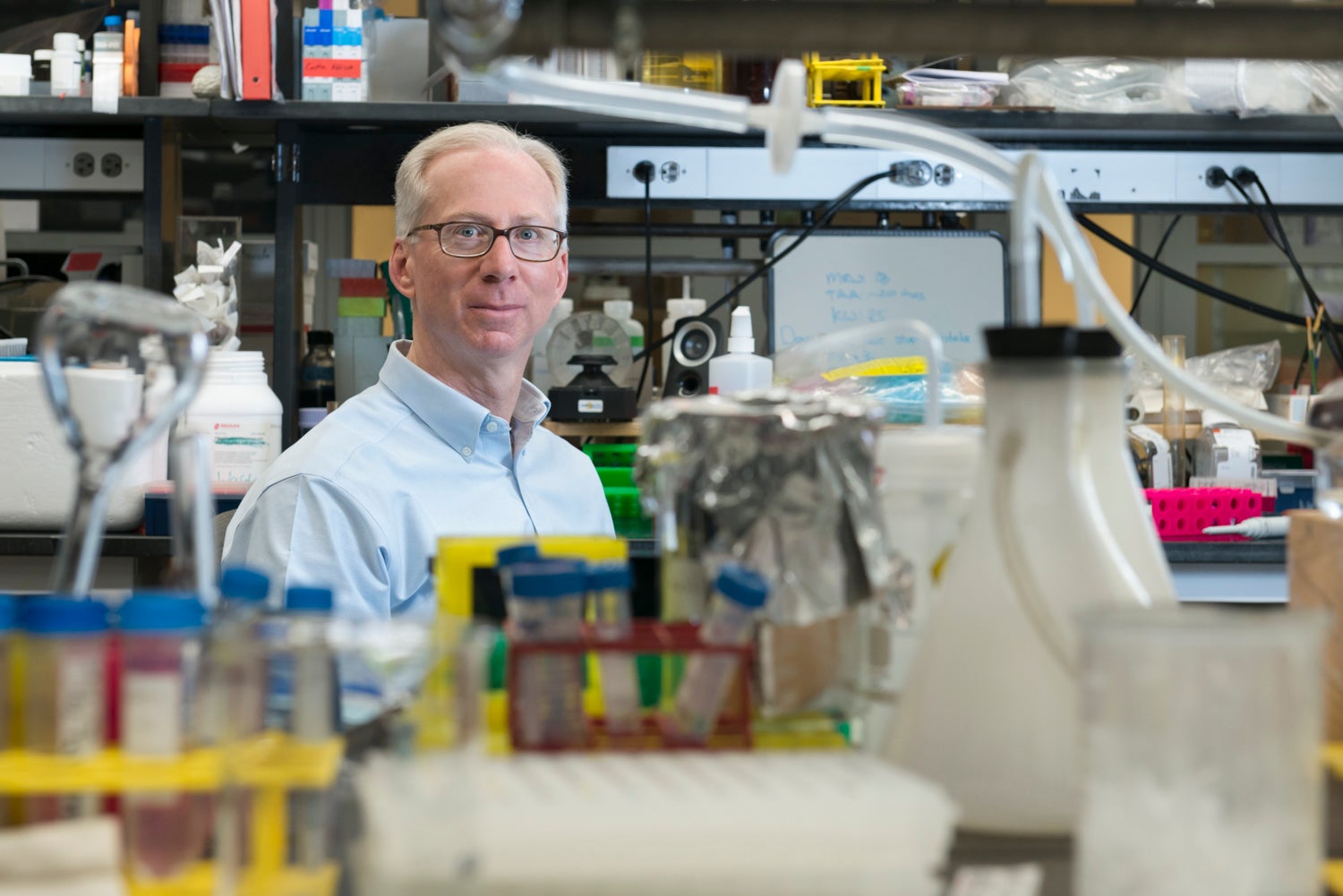Professor of Stem Cell & Regenerative Biology, Harvard University
Professor of Neurology, Harvard Medical School

Our lab studies the mammalian cerebral cortex– its fundamental molecular development controlled by genes and molecules; molecular controls and mechanisms establishing and regulating its immense neuronal diversity and development-maintenance of specific brain circuitry; developmental and degenerative diseases of its long-distance connecting “projection neurons”; and new routes to regeneration. These linked directions investigate how specific brain circuitry of the cerebral cortex is generated at the levels of both neuron subtype-specific identity and function, and of subtype-specific molecular machinery that controls axon guidance to connection targets and correct synapse formation; what goes wrong in the cortex with specificity in human disease including ALS, autism, and intellectual disabilities; how we might prevent degeneration-dysfunction with circuit specificity; and how to regenerate functional circuitry, e.g. in spinal cord injury. We employ both mouse molecular-genetics and cell biology, and directed differentiation of human pluripotent stem cells, as complementary systems for investigation. Our work informs basic understanding of the organization, function, “molecular logic”, evolution, and human disease vulnerability of the cortex, and discovers routes to potential therapies for human disease.
Aspects of our work investigate molecular specification of cortical projection neuron circuitry, including both progenitor-stage and postmitotic regulation of diversity; neural progenitor and “stem cell” biology; adult neurogenesis (birth of new neurons); and subtype-specific local growth cone RNA and protein machinery controlling subtype-specific axonal growth and circuit formation-maintenance. We also employ directed neuronal subtype differentiation of progenitors and pluripotent cells (m/h ES/iPS) via molecular manipulation. We integrate basic development, organization, disease, and regeneration of the cerebral cortex.
